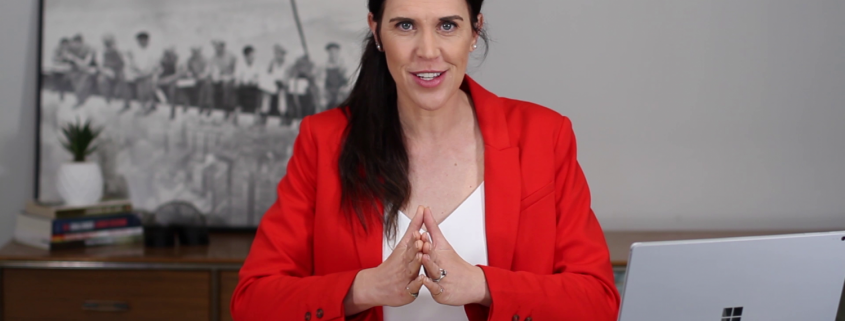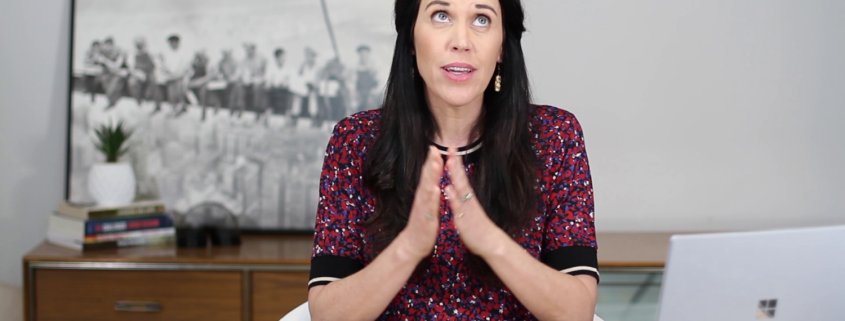Our paradigms, mental models and mindsets can insulate us from learning and seeing red flags through what’s called a Reflexive Loop. It’s an unconscious bias that can reaffirm how well our or how ‘right’ our inner voice is, and subconsciously prevent us from listening to alternative ways of understanding things. In this video I’ll explain how the Reflexive Loop works and a tool to expose your assumptions, values and beliefs in a constructive way – FREE GUIDE AVAILABLE.
Posts
Our mental models are part of our subconsciousness and they can be the reason we shut out information, or why we’re open to learning. It’s therefore essential that we try and bring our mental models to the surface every once in a while to examine whether they are still relevant. In this video I’ll outline two common mental models that inform the board’s perception of the role that people play in either creating or reducing safety in the workplace – one of them will drive organizational improvement, the other will hinder and leave you blind-sided when something happens.
Most organisations after a tragedy will focus on updating the safety management system, but there will be a point when the system looks good on paper, but the board will still be at risk of influencing adverse events if members don’t understand what creating safety really involves, and their role in it. In this video I outline some key principles that should be in any board members’ professional development in safety leadership and governance.
The coroner’s report into the Dreamworld tragedy highlights significant gaps in the competency of workers and technical experts, but nothing on the competency of the board. In Part 1 of this 2-part series I look at the coroner’s comments of a careless and negligent board and dive into whether the board was actually careless or was it more a lack of competency in safety leadership and governance?




